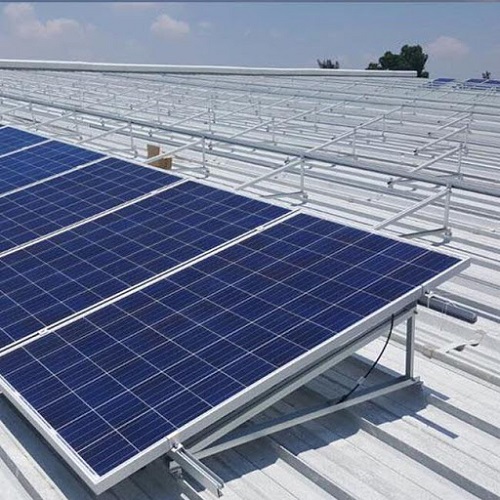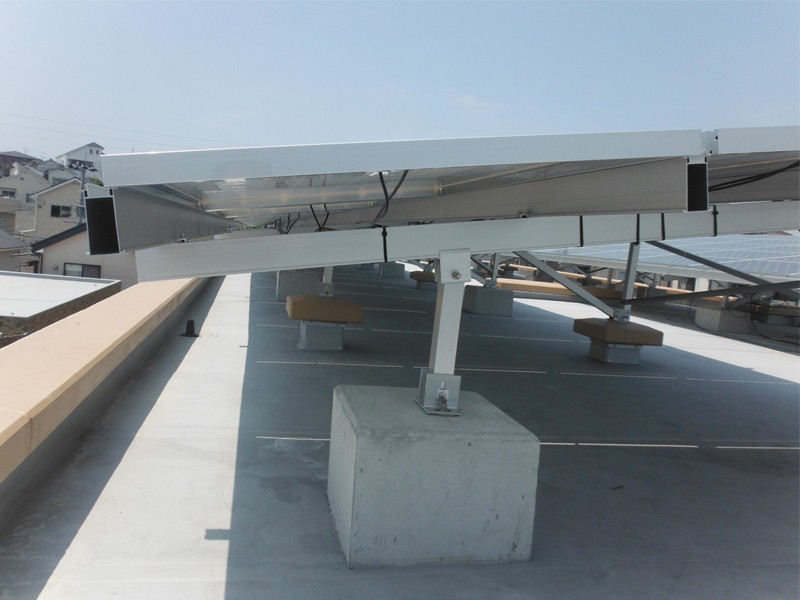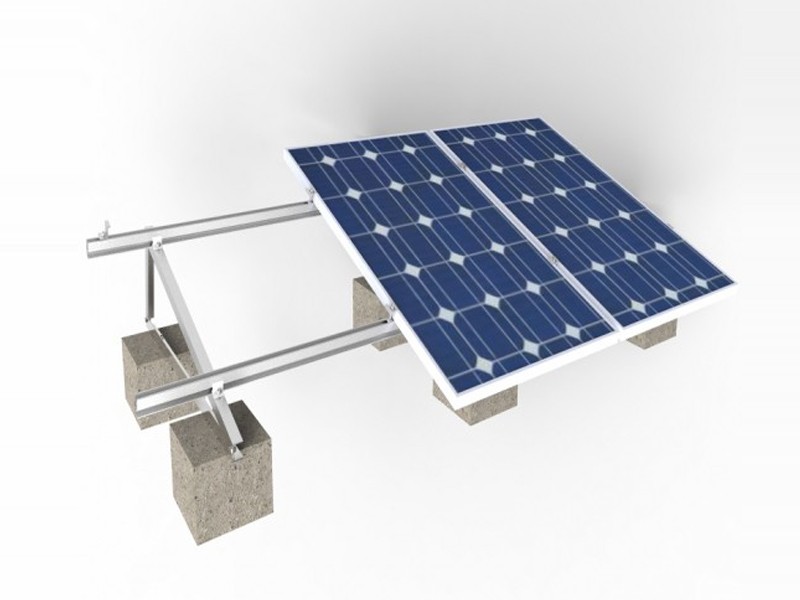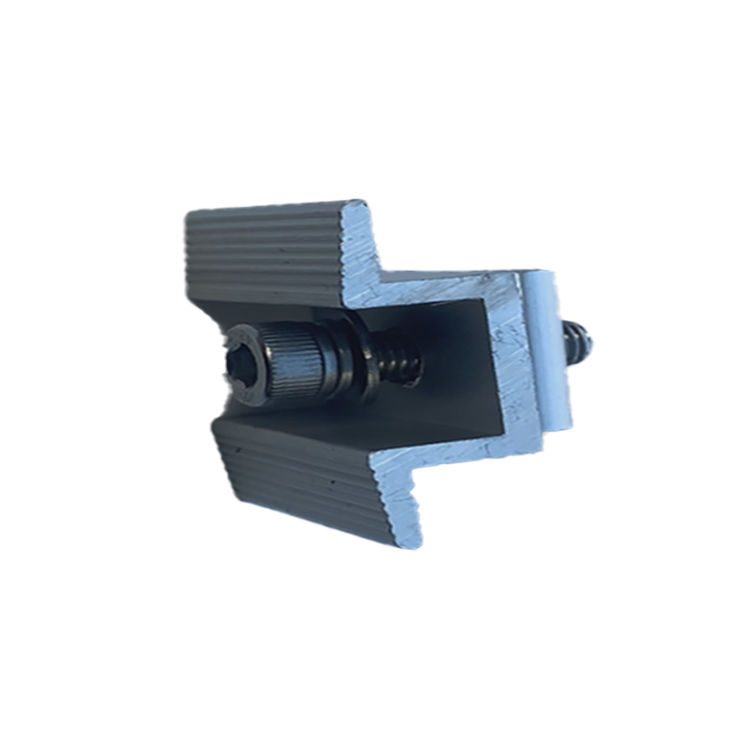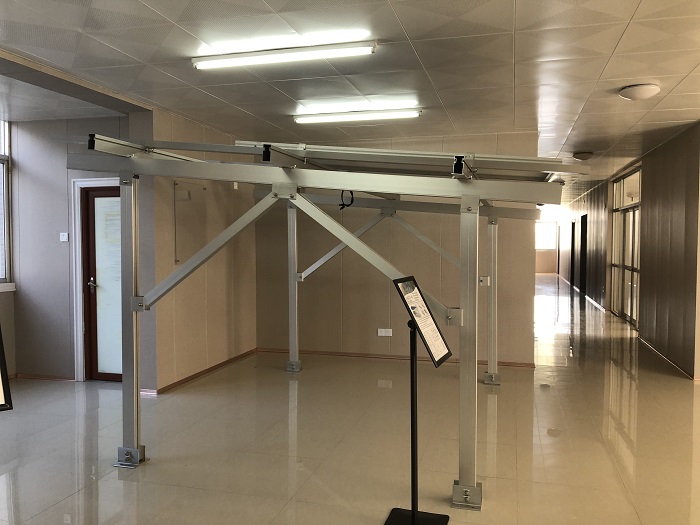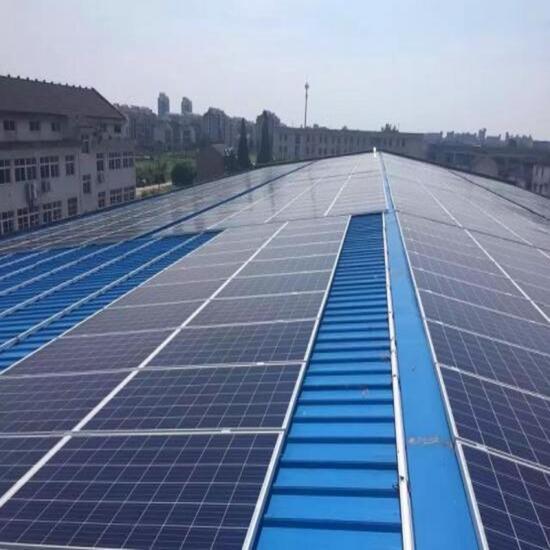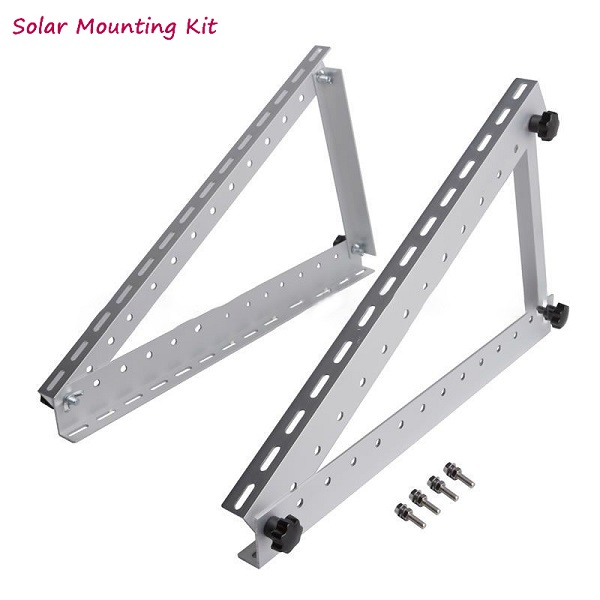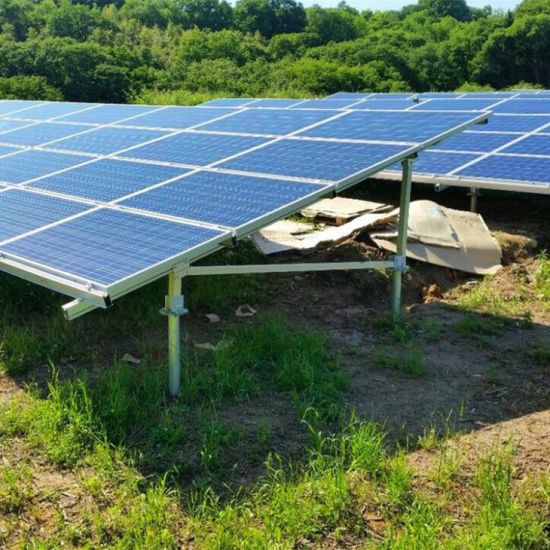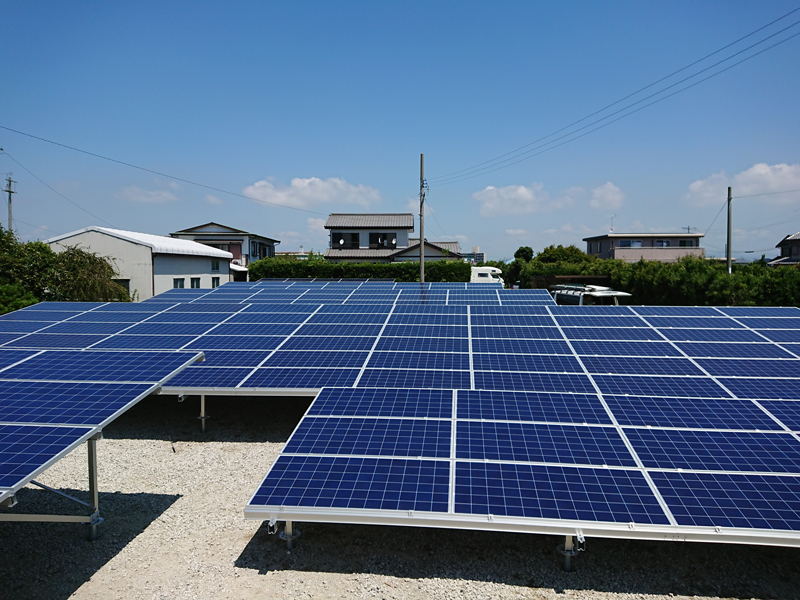Solar roofing is an innovative solution that combines traditional roofing materials with solar power technology. This guide will delve into how solar roofing works, its benefits, installation process, and how Starwin products can assist in the installation and maintenance of solar roofing systems.
Introduction to Solar Roofing
Solar roofing involves integrating photovoltaic (PV) cells into roofing materials, allowing homeowners and businesses to generate electricity from sunlight. This eco-friendly technology reduces energy bills and carbon footprints, making it an increasingly popular choice.
How Solar Roofing Works
Solar roofing systems convert sunlight into electricity using PV cells embedded in the roofing materials. Here’s a step-by-step breakdown of the process:
1. Photovoltaic Cells: PV cells are made of semiconductor materials, typically silicon. When sunlight hits these cells, it excites electrons, creating an electric current.
2. Inverter: The direct current (DC) generated by the PV cells is converted into alternating current (AC) by an inverter, making it usable for household appliances.
3. Electricity Distribution: The converted AC electricity is then distributed throughout the home, powering electrical devices. Excess energy can be stored in batteries or fed back into the grid.
4. Monitoring System: Advanced solar roofing systems include monitoring systems that track energy production and usage, allowing homeowners to optimize their energy consumption.
Types of Solar Roofing
There are several types of solar roofing materials available, each with its own advantages:
• Solar Shingles: These resemble traditional shingles but contain PV cells. They are easy to install and blend seamlessly with existing roofing.
• Solar Tiles: Similar to solar shingles, these are designed to look like traditional roofing tiles while generating electricity.
• Solar Panels: Mounted on top of existing roofs, solar panels are the most common type of solar roofing. They offer high efficiency and are ideal for large-scale installations.
Benefits of Solar Roofing
Solar roofing offers numerous benefits:
• Energy Savings: Solar roofing reduces reliance on grid electricity, leading to significant energy cost savings.
• Environmental Impact: Solar power is a clean, renewable energy source that reduces greenhouse gas emissions.
• Increased Property Value: Homes with solar roofing systems typically have higher property values and are more attractive to buyers.
• Government Incentives: Many governments offer tax credits and incentives for installing solar roofing systems.
Installation Process
Installing solar roofing involves several key steps:
1. Site Assessment: A professional evaluates the roof’s condition, orientation, and shading to determine its suitability for solar installation.
2. Design and Permitting: The solar system is designed to meet the specific needs of the property. Necessary permits are obtained from local authorities.
3. Roof Preparation: The existing roof is prepared for the installation of solar shingles, tiles, or panels.
4. Installation: Solar roofing materials are installed, and electrical connections are made. This step requires precision and expertise to ensure optimal performance and safety.
5. Inspection and Activation: The installed system is inspected and activated, connecting it to the electrical grid or battery storage system.
Maintenance of Solar Roofing
Proper maintenance is essential for the longevity and efficiency of solar roofing systems:
• Regular Cleaning: Solar panels and shingles should be cleaned regularly to remove dirt and debris that can obstruct sunlight.
• Inspection: Periodic inspections help identify any damage or wear and tear that could affect the system’s performance.
• Repair and Replacement: Damaged PV cells or components should be repaired or replaced promptly to maintain efficiency.
• Ladder Spurs: Enhance ladder stability during maintenance tasks.
• Mobile Work Access Platform: Ideal for ongoing maintenance work, offering a secure and convenient working area.
Case Studies and Real-Life Applications
Several homeowners and businesses have successfully integrated solar roofing systems with the help of Easi-Dec products. These case studies highlight the benefits and practical applications of solar roofing:
• Residential Installation: A homeowner used the Easi-Dec Solar Access Platform to safely install solar shingles, reducing their energy bills by 50%.
Conclusion
Solar roofing is a sustainable and cost-effective solution for generating electricity. By understanding how solar roofing works and utilizing Starwin products, homeowners and businesses can safely install and maintain these systems, enjoying the numerous benefits they offer.
